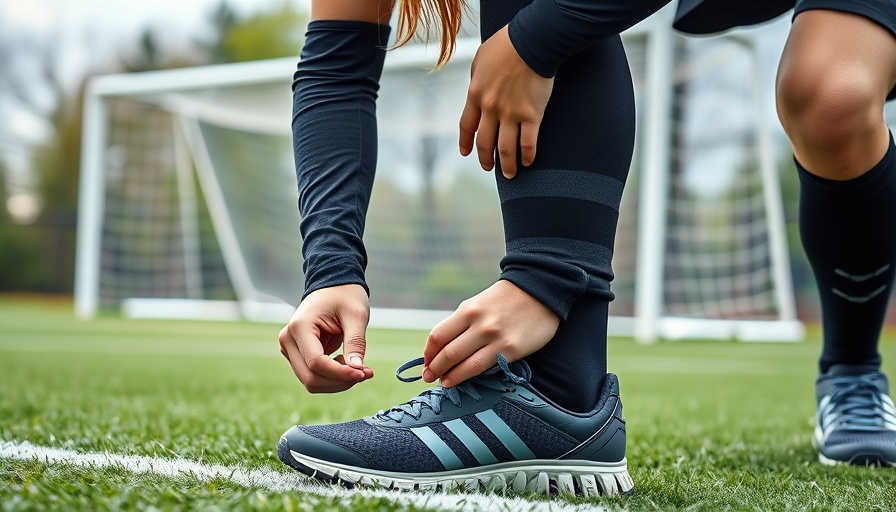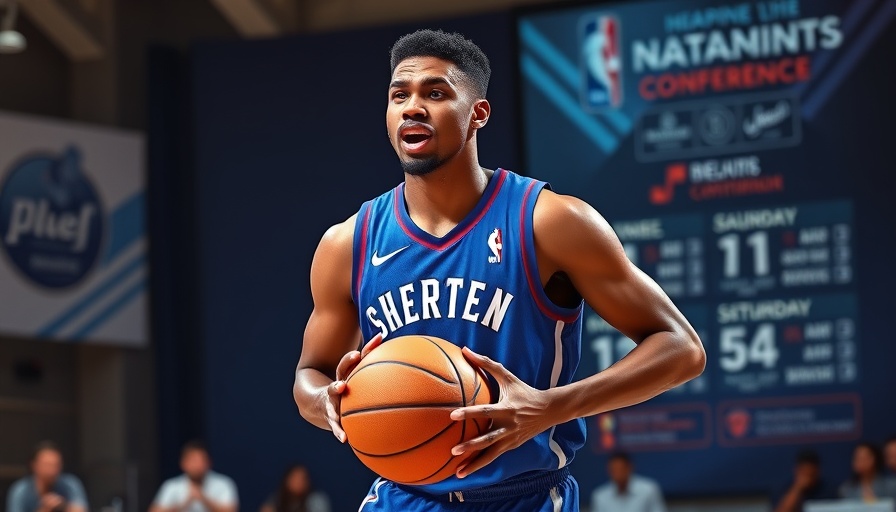
Understanding the Landscape of Sports Injuries
Every year, the landscape of sports injuries takes a toll on millions of Americans. Over 8 million sports and recreation-related injuries are treated annually in the U.S., with around 2.6 million of these incidents requiring emergency room care. These numbers are alarming and emphasize the urgency of injury prevention, especially among martial artists who often engage in high-impact activities.
Common Sports Injuries in Martial Arts
In martial arts, injuries such as sprains, fractures, and tendonitis are frequent due to the physical demands placed on practitioners. These injuries aren't merely statistics; they can hinder progress, limit participation, and even discourage individuals from pursuing their passion. So, what can martial artists do to minimize their injury risks? Understanding injury prevention in martial arts training is key.
Incorporating Preventative Martial Arts Drills
Integrating preventative martial arts drills into training routines can drastically reduce the onset of injuries. These drills emphasize body conditioning, flexibility, and techniques that minimize impact during practice. For martial arts instructors, teaching safety protocols and encouraging students to focus on technique can contribute significantly to the longevity of their training journey.
Combat Training Safety Routines
Combat sports safety protocols should be a priority for every martial artist. This involves establishing a thorough understanding of injury mitigation techniques and ensuring that students perform warm-ups, stretches, and condition their bodies adequately before rigorous training. Creating a culture of safety can empower students, fostering an environment where they are more aware of their bodies and capable of preventing injuries.
The Role of Mental Focus in Injury Prevention
Mental focus plays a significant role in martial arts safety and injury avoidance. Students should cultivate mental awareness during training sessions, learning to recognize when they are pushing their limits or not executing techniques correctly. By enhancing mental focus, martial artists can avoid unnecessary injuries caused by distraction or overexertion.
Rehabilitation Techniques for Injury Recovery
Rehabilitation and prevention strategies are crucial for those already facing injury. Engaging certified injury reduction coaches can help athletes develop tailored recovery plans that address their specific needs. These plans often incorporate physical therapy techniques designed to enhance recovery, maintain flexibility, and facilitate a safe return to training.
Actionable Steps for Martial Arts Practitioners
To truly embrace injury prevention in martial arts, practitioners need to implement effective conditioning and training routines. Regular updates on performance safety coaching and sports injury prevention education should be shared within the dojo. Karate instructors can empower their students with knowledge on techniques to minimize risks, such as proper body mechanics and optimal footwear to prevent injuries.
Finding Balance in Sports Health Preservation
The journey of a martial artist is inherently challenging; balancing physical training with injury prevention requires diligence and informed decision-making. As participation rates climb—especially in high-contact sports—it becomes increasingly vital to adopt safe workout practices that allow for personal growth while minimizing injury risk.
Ultimately, mitigating risks in the dojo not only keeps practitioners active but also enriches the martial arts experience. By adopting a holistic approach that integrates injury prevention, mental focus, and continuous education, martial artists can cultivate a safe training environment that encourages long-term progression.
For parents, guardians, and martial arts enthusiasts, it’s vital to stay informed about strategies for avoiding sports-related injuries. By fostering a culture of safety and awareness, practitioners can continue to excel in their disciplines without the burden of injuries.
 Add Row
Add Row  Add
Add 




Write A Comment